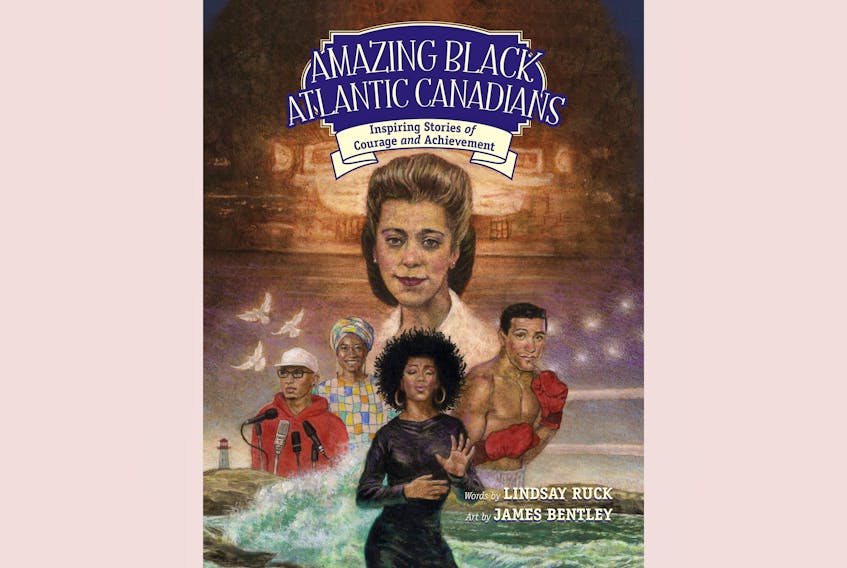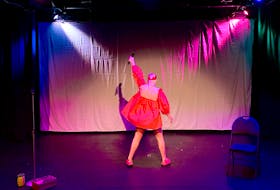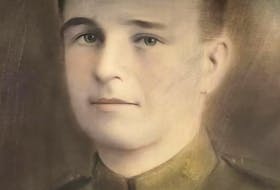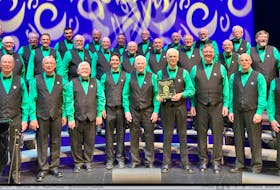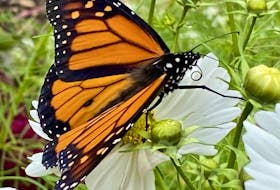This book is divided into six parts: “A History of Black People in Atlantic Canada” is followed by “Athletes,” “Artists,” “Movers and Shakers,” “Military Heroes,” and “A Few Firsts.” The book also includes “Important Dates,” as well as a glossary, Index, and suggested resources.
“What does it mean to be amazing?”
Author Lindsay Ruck explains that this quality can be represented by feats and accolades in sports, the arts, or many different fields, as well as social activism. “As an author, I love discovering fascinating stories about the people and places around me. When I was a girl, my grandfather would tell me stories about how Black soldiers in The Black Battalion struggled to be allowed to fight during the First World War; how the people of Africville were taken away from their beloved community and homes; and how the Black Loyalists first arrived in Atlantic Canada.”
From those earliest days rose many notable figures, and “for many of these individuals, it all started with a dream or drive to make a difference.”
The history of Black people in Atlantic Canada dates back to the 1600s. Some were transported as slaves, such as about 350 West Africans brought by French soldiers to Île-Royal, now Cape Breton. One was Marie Marguerite Rose, born in Guinea: “People who were enslaved were often baptized and given a new French name,” which was her case at age 19. Emancipated at 38, she wed “Jean Baptiste Laurent, a local Mi’kmaw hunter,” and opened a tavern.
Others came under their own volition. “The first recorded free Black person to visit Canada was Mathieu da Costa. He was from the Benin Empire in Nigeria (and) worked as an interpreter for French and Dutch traders and explorers” in 1608.
The Black Loyalists — escaped slaves who fought for the British during the American Revolutionary War, in exchange for “promised ‘freedom and a farm’” — sailed from New York in 1783, settling throughout Nova Scotia near Shelburne and in Halifax, the Annapolis Valley, and Preston. “The names of these brave men and women were recorded in a large book called a ledger with the title ‘Book of Negroes’ … roughly 150 pages long.”
There were also communities in New Brunswick and Prince Edward Island, such as one composed of up to 100 farmers, fishers, and stonecutters on P.E.I. in “the Bog.” Though an impermanent site it was abiding enough to open its own school.
The first entry under “Athletes” is boxer George Dixon, the record-holding bantam fighter born in 1870 who was “credited for developing the art of shadow boxing (and) was also recorded as being the first person to use a punching bag suspended from the ceiling.”
A more recent example is Marjorie Turner-Bailey, an Olympic competitor in track and field. And there’s a celebrity call-out to Wade Douglas Bowles, who changed his name to Rocky Johnson and whose son is, yes, Dwayne “The Rock” Johnson.
Within this and the other categories, the personalities are contextualized by sidebars including “The Colored Hockey League,” and tantalizing and intriguing tidbits contained in “Did You Know” boxes. This is further integrated into an animated layout, with colourful swatches and framings and compelling Expressionist portraiture — even the letter fonts have breath and energy.
Under “Artists” we find soprano opera singer Measha Brueggergosman, who from her Baptist church in Fredericton has performed from New York to Sydney, Australia; poet George Elliott Clarke; and documentary filmmaker Sylvia Hamilton.
Viola Desmond appears under “Movers and Shakers” — just as she does on the $10 bill. The beautician and entrepreneur, who refused to move from the downstairs to a balcony seat in a New Glasgow cinema, was arrested, jailed, and fined, and fought the verdict to the provincial Supreme Court, where she lost, but had made a significant stand (and was posthumously pardoned).
Here we also find one of N.L.’s entries: Lloydetta Quaicoe, who founded Sharing Our Cultures in 1999, where students “set up informative displays, sang songs, performed traditional dances, and found many other creative ways to talk about their backgrounds and heritage. Over the past two decades, thousands of students and teachers have attended.”
“Military Heroes” includes a look at the First World War’s “No. 2 Construction Battalion” and “106th Battalion, Nova Scotia Rifles, CEF,” while “A Few Firsts” introduces more N.L.ers, like Paul Growns and Jevaughn Coley, the first of the RNC’s Black police officers. As the RNC “is North America’s oldest civil police service, that’s a pretty big deal!”
“Amazing Black Atlantic Canadians” has a brisk, upbeat tone, a great look, and is incredibly informative.
Joan Sullivan is editor of Newfoundland Quarterly magazine. She reviews both fiction and non-fiction for The Telegram.

